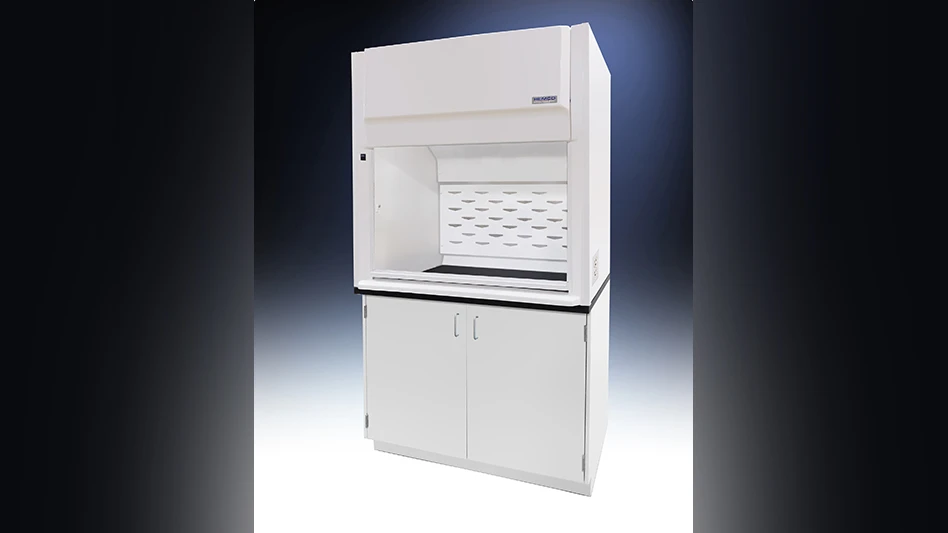 The original meaning of the word satellite (attendant or follower) does little to convey how complex these technical devices are and what they do for our daily lives. Their tasks range from weather forecasting to message transport to navigation data generation.
The original meaning of the word satellite (attendant or follower) does little to convey how complex these technical devices are and what they do for our daily lives. Their tasks range from weather forecasting to message transport to navigation data generation.
Airbus Defence and Space’s Spanish subsidiary is one of the world’s leading suppliers of satellite and space transport technology.
With a portfolio ranging from satellite systems to components for the International Space Station (ISS), the subsidiary has established a competence center for composites at its Madrid headquarters to study innovative materials and production methods that play such an important role in aerospace. Requirements for space devices are particularly high because of the tremendous temperature differences and external forces involved.To achieve the best results in component manufacturing, Airbus Defence and Space relies on additive manufacturing (AM) technology from EOS GmbH for high-performance metals as well as composites.
Bracket challenges
The current generation of satellites relies on metal brackets to serve as a link between the body of the satellite and the reflectors and feeder facilities mounted at its upper end. The engineers at Airbus Defence and Space faced two key challenges making them:
- The brackets must fix the components securely to the body
- The brackets must mitigate the extreme temperature fluctuations in space
 The brackets provide an important layer of insulation: Temperatures range from -180°C to 150°C (-292°F to 302°F), so the stress on the material is extremely high.
The brackets provide an important layer of insulation: Temperatures range from -180°C to 150°C (-292°F to 302°F), so the stress on the material is extremely high.
Titanium is one of the very few materials able to meet such demanding requirements. In addition to its weight and thermal conductivity advantages, it offers an acceptable density. After all, every kilogram to be carried into space costs many thousand dollars; the exact amount depends on factors such as the carrier system and the orbit to be reached. However, six-figure sums and higher are not uncommon.
Brackets manufactured in the conventional way, and particularly their connection with the carbon components of the satellite – in locations subject to high thermal stress – did not meet Airbus Defence and Space’s expectations. In addition, installations on the satellite were time-consuming, so costs needed to be reduced. So, the engineers began looking for alternatives, paying special attention to the goal of optimizing the design of future components.
The AM solution
The team chose EOS’ AM technology for metal parts, allowing the use of titanium, and permiting the design of the brackets to be easily tweaked.
 As Otilia Castro Matías, who is responsible for the area of antennae at Airbus Defence and Space, explains, “The solution we found has two advantages. For one, we were able to optimize production itself. In addition, we have improved the design, so the entire workpiece can be manufactured in a single step: hewn from a single block, so to speak, even though technically speaking, AM is the opposite of traditional subtractive techniques.”
As Otilia Castro Matías, who is responsible for the area of antennae at Airbus Defence and Space, explains, “The solution we found has two advantages. For one, we were able to optimize production itself. In addition, we have improved the design, so the entire workpiece can be manufactured in a single step: hewn from a single block, so to speak, even though technically speaking, AM is the opposite of traditional subtractive techniques.”
After the design was established, the engineers loaded the 3D construction plans from the CAD software into the production machine – an EOSINT M 280 – and started the manufacturing process: a laser beam precisely melts and hardens the deposited metal powder layer by layer, so when the precision-made workpiece is complete, no excess material remains except for re-useable raw powder.
Impressive results
The new devices meet all expectations of the experts involved, and most important, the improved temperature resistance of the entire structure can now easily withstand a span of 330°C (594°F) under a force of 20kN. The Spanish aerospace experts reduced production time of the brackets during assembly of feed and sub-reflector units by five days. The three brackets required for each satellite now can be produced in less than a month.
“These improvements significantly reduce thermally induced failure during the qualification test campaign. The cost of space activities is relatively high, so it is even more important to protect any hardware from possible failures,” Castro Matías adds. “The AM method brought measurable benefits to critical aspects of the project without requiring cuts to be made elsewhere. No compromises – this is something engineers like to hear, but don’t get to hear very often.”
The European Space Agency (ESA) supported this program. Its successful completion allows further use of this efficient production technology in the aerospace field.
Airbus Defence and Space
www.airbusdefenceandspace.com
EOS GmbH
www.eos.info

Explore the October 2014 Issue
Check out more from this issue and find your next story to read.
Latest from Aerospace Manufacturing and Design
- 2024 Favorites: #9 Article – 5 tips for upskilling your aerospace machinists
- 2024 Favorites: #9 News – Siemens acquires Altair Engineering
- 2024 Favorites: #10 Article – How 3D-printed aviation parts can accelerate return to air
- 2024 Favorites: #10 News – Boom Supersonic completes Overture Superfactory
- OMIC R&D hosts Supporting Women in Manufacturing Day 2024
- 4D Technology's AccuFiz SWIR interferometer
- Seventh Lockheed Martin-built GPS III satellite launches
- KYOCERA AVX's CR Series high-power chip resistor





